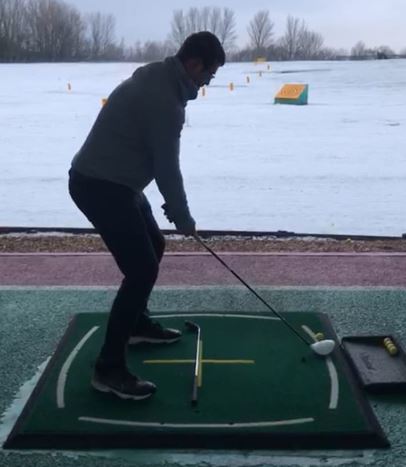Ping S59 Irons Review – What Handicap Are They for? Are They Forgiving?
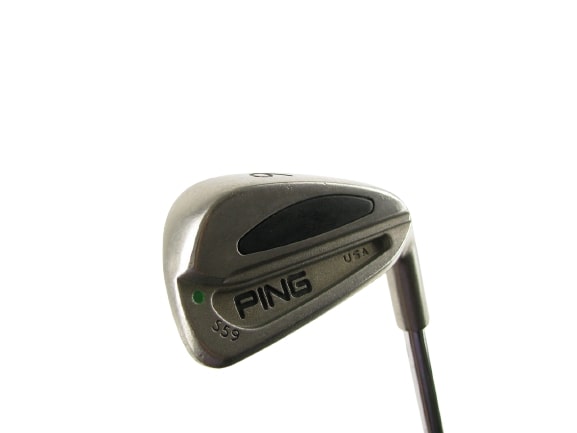
“The Ping S59 irons are, in my opinion, the most forgiving irons in the now defunct S series.”
That is worth noting because the entire S series was Ping’s first foray into the bladed player’s performance iron market.
Ping S59 Irons Overview
“The Ping S59 irons were the first of their generation. They were the first S series irons and it shows.”
What I mean is that Ping’s very first bladed performance irons still bore a lot of the game improvement aura that Ping was known for. Before the S series, Ping was known for their game improvement clubs. So it’s understandable that the Ping S59’s, their first player’s performance model, would feel a bit more like a GI set.
And despite the short blade length, compact heads, thin top lines and narrow soles, the Ping S59’s actually look a bit more like GI irons as well. They feature a fairly deep cavity back that is filled with a stabilizing bar. The purpose of the bar is to help smooth out harsh vibration and provide more stability on mis-hits.
Indeed, I felt like the Ping S59’s did a really good job of muting side spin on my slight mis-hits. And there was no jolt up my forearm when I missed the sweet spot. Again, this is what makes the Ping S59 feel more like GI irons in my opinion.
I really appreciated the brushed satin finish of these irons too. The brushed steel doesn’t produce any glare in direct sunlight and it gives these clubs a more unique look compared to traditional polished chrome irons. The cavity back does help increase MOI and indeed, the Ping S59 irons did a good job of keeping my slight mis-hits on-line.
The trajectory wasn’t very reminiscent of GI irons though. The Ping S59’s want to launch low. And while this is likely to benefit faster swing speed players, it could be a problem for players who struggle to get the ball in the air.
Are the Ping S59 Irons Forgiving?
“The Ping S59’s are certainly the most forgiving irons in the S series.”
I found that all but the most heinous mis-hits were staying on-line relatively well. In fact, I hit a couple of wide draws that should have been slices. It was quite remarkable actually. Despite the compact head shape and short blade length, I felt that I could use the entire face and not get punished mightily for it.
But unlike other entries into the S series, the Ping S59’s don’t have progressive weighting. So you are more or less relegated to a low, boring launch. Again, that’s not inherently a bad thing; but it is likely to be a hindrance for players who are seeking forgiveness chiefly.
Another feature that’s worth noting in terms of forgiveness is the cambered sole. If you play from the rough a lot, you are going to want an iron that feels smooth through the cabbage. I found that I was able to make solid, clean contact in the rough with the Ping S59’s. The cambered sole seems to brush down the tall grass and leaves the entire face available for contact.
Are the Ping S59 Irons Good for Beginners & High Handicappers?
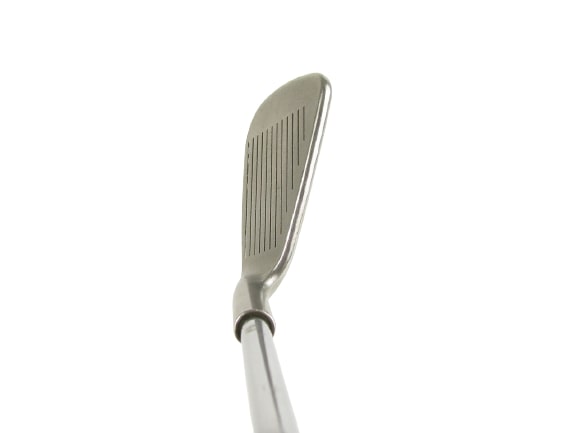
“They are the best S series irons for beginners and high handicappers; but still not excellent.”
That’s because most beginners and high handicappers won’t be able to compensate for the small head design. The Ping S59 irons do have progressive offset; but it is still pretty minimal in the long irons where it matters most.
I can imagine that beginners and high handicap players will have trouble turning the club over with the Ping S59’s. But as long as you are moderately accurate with your swing, the Ping S59’s will give you a lot of leeway. You can miss the sweet spot consistently and get straighter flight than you’re likely used to as a high handicapper or beginner.
Should you Buy the Ping S59’s or the S55’s?
“The S55 irons are true player’s performance irons.”
The S55’s are a full four models removed from the Ping S59’s and a lot changed. First of all, the S55’s have even less offset than the Ping S59’s. The blade is also more compact and the lofts are slightly stronger.
If you are looking for forgiveness, the Ping S59 irons are clearly the better choice. The Ping S55 irons are more for single-digit handicappers.
Ping S59 – First Impressions
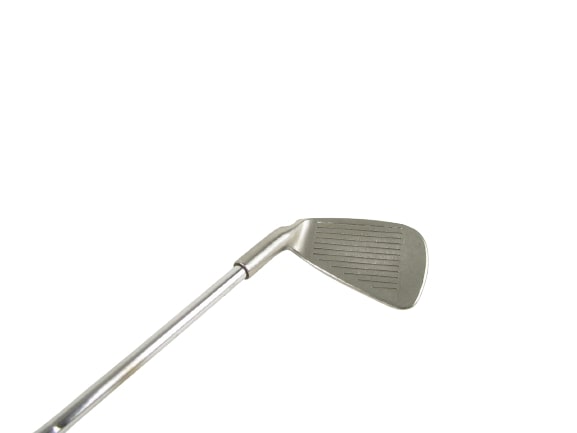
“My first impression of the Ping S59 irons was that the cavity was pretty deep.”
I guess I’m just not used to cavity blade irons but there seemed to be a lot going on in those cavernous cavities. The stabilizing bar gives the cavities a sort of busy look. To me, if you’re looking at the Ping S59 irons from the back, they look like typical GI cavity back irons.
Ping S59 Selling Points
- Good forgiveness from a blade iron
- Looks great at address
- Feels smooth on mis-hits
- Stabilizing bar in the cavity
- High MOI
Who are the Ping S59 Irons for?
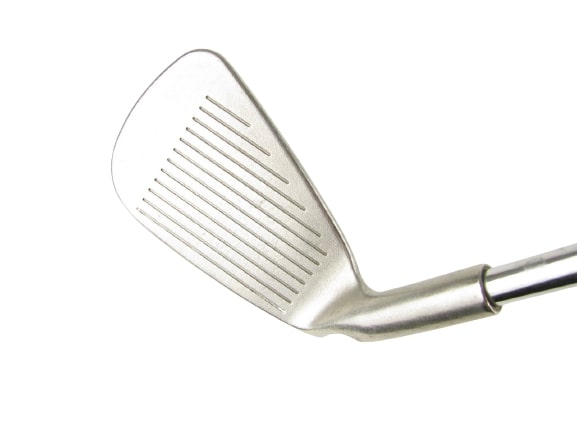
“The Ping S59 irons would be good for players in the 15-22 handicap range.”
There is certainly enough forgiveness in these irons for experienced high handicappers. But mid handicappers will especially love the lower flight. In fact, these are excellent irons for strong swingers with fast tempos as well.
The S Family of Irons
The Ping S57 irons offer similar forgiveness as the Ping S59’s; but with more of a player’s performance feel. The S57 irons have blunted leading edges which, like the Ping S59’s, gives them very good turf interaction on any lie. The S57’s also have tungsten weights in the soles and toes so stability on mis-hits is excellent. The “V” shaped soles of the Ping S57 irons make it easier to square up to the ball at impact.
Distance: 97/100
Accuracy: 96/100
Forgiveness: 96/100
Feel & Control: 97/100



